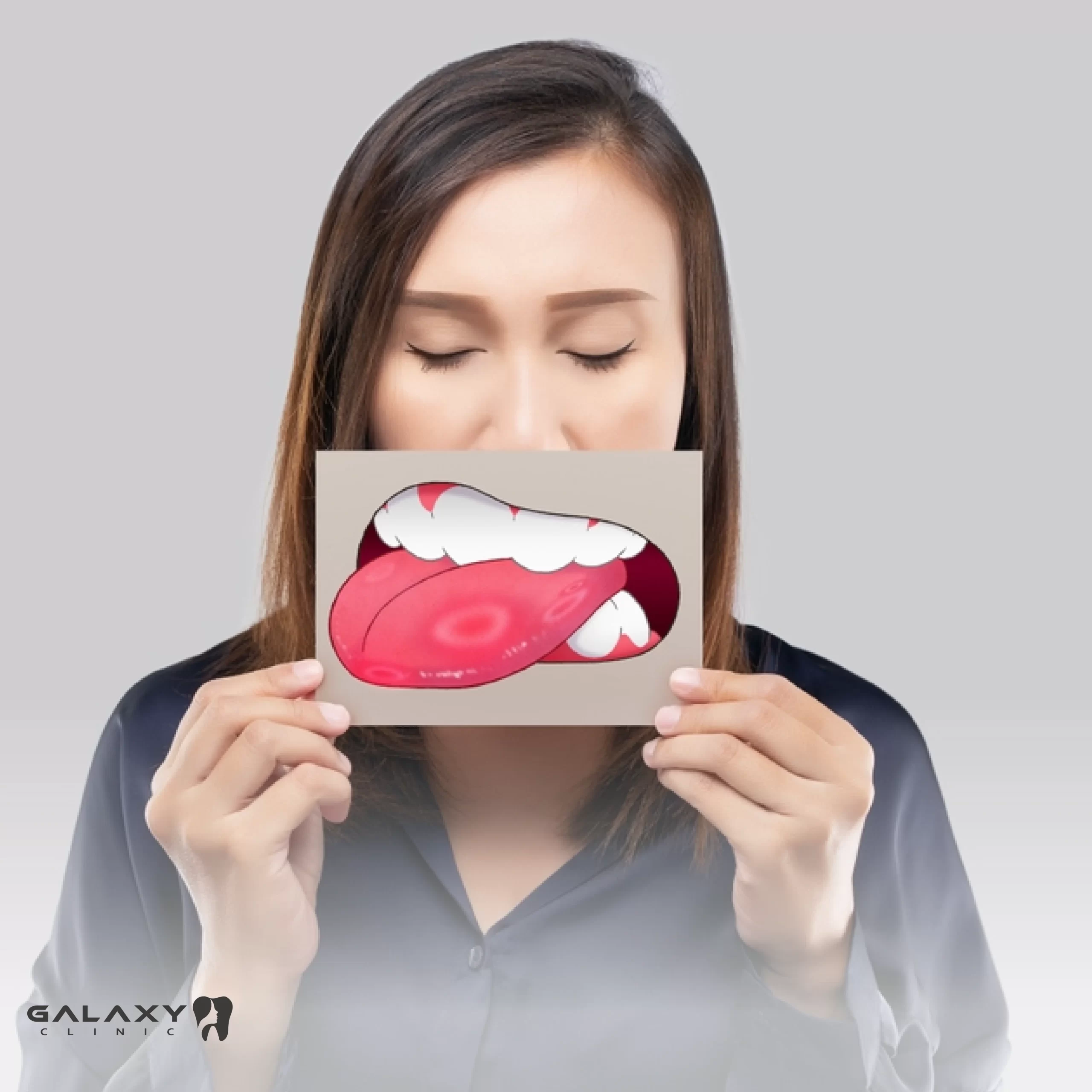Mouth ulcers are characterized by painful small lesions that develop inside the mouth or at the base of the gum. They are accompanied with discomfort during eating and drinking.
Mouth ulcers are considered as one of the most common problems that affect the mouth as 20% of populations will develop mouth ulcers in their lives.
Symptoms that indicate there is mouth ulcers.
Mouth ulcers symptoms may differ according to their cause, but most commonly they affect mouth with these symptoms:
- Yellow, white or red sore accompanied with pain and burning sensation.
- Tongue, cheeks or lips sores.
- Redness and irritations around sores.
- Pain that gets worse while eating or drinking.
Risk factors that increase mouth ulcers
There are certain causes and risk factors that increase the incidence of mouth ulcers appearance, These factors include:
- Mouth injuries during any dental procedure like hard brushing, sports injuries or accidental bites.
- Dental braces may be the cause of mouth ulcers as a result of frequent rubbing between the braces and mouth tissue.
- Using toothpastes and mouthwashes that contain a high percentage of sodium lauryl sulfate (SLS).
- Having oral bacterial or viral infections.
- Increased sensitivity to acidic foods.
Ways to reduce mouth ulcers occurrence
Seeking the reason behind mouth ulcers can help you in preventing its occurrence, but you can reduce mouth ulcers by following these steps:
- Check up with your dentist if you have any bacterial infection or gum diseases.
- Try to eat healthy foods that don’t contain high acids, to decrease irritations.
- Maintain good oral hygiene by flossing and brushing every day after meals.
Try to limit using mouthwashes that contain sodium lauryl sulfate (SLS).


